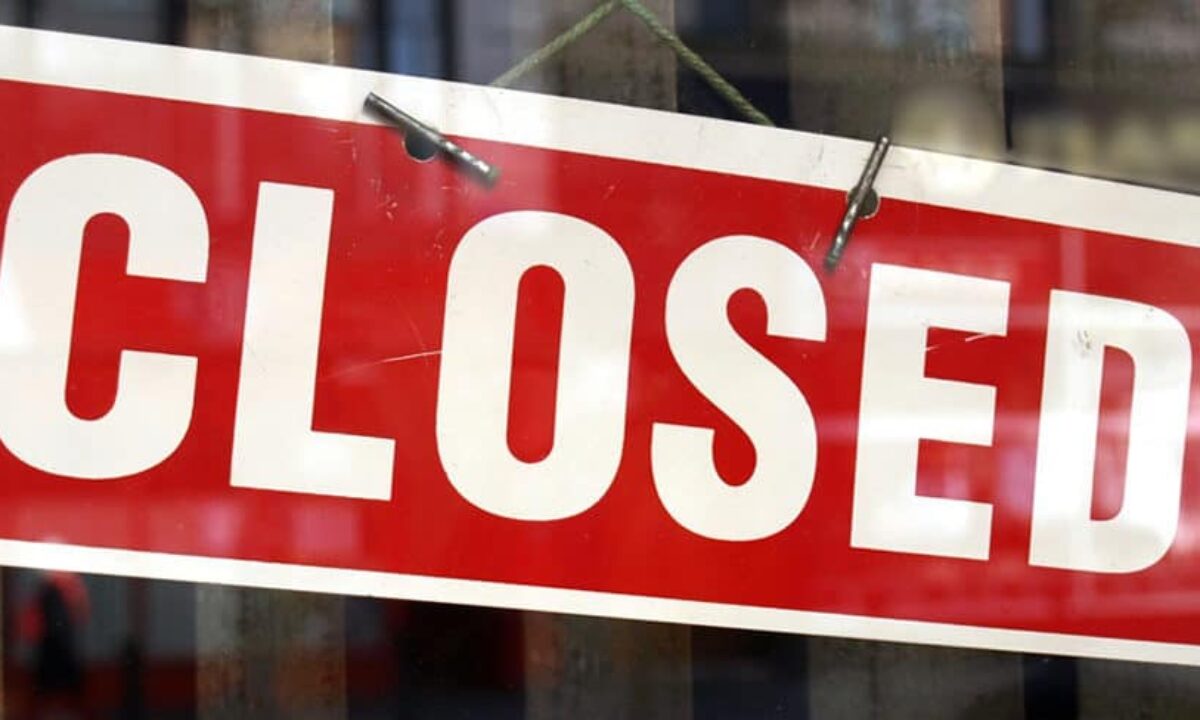Some Known Details About Company Liquidation
Some Known Details About Company Liquidation
Blog Article
5 Easy Facts About Company Liquidation Explained
Table of ContentsThe Buzz on Company LiquidationFacts About Company Liquidation UncoveredThe Main Principles Of Company Liquidation How Company Liquidation can Save You Time, Stress, and Money.The Basic Principles Of Company Liquidation
A liquidator is particularly selected to manage the ending up of a business's events in order for it to be shut down normally when the firm is declaring bankruptcy. The liquidator is a neutral 3rd party that manages the sale of business possessions in order to pay off any arrearages.Their duty consists of, however is not limited to: Impartial Movie director: A liquidator is entrusted with working as an objective third party to supervise the whole firm liquidation procedure. Produce Statement of Matters: Liquidators have to develop a detailed statement of affairs record. This paper is distributed to creditors, outlining the current economic standing of business at the time of its liquidation.
After the liquidation of a firm, its presence is removed from Companies Residence and it discontinues to be a legal entity. If directors navigated the process without problem, there would be no charges or personal liability for solid financial obligations anticipated. Now, with a clean slate, supervisors can discover new service opportunities, though expert examination is suggested.
Company Liquidation Can Be Fun For Everyone
If more than 90% of all business shareholders agree, liquidation can take location on short notice within seven days, the minimum statutory notice for lenders. Normally, the larger the liquidation and the even more assets and funding the service has, the longer the procedure will certainly take.

We understand that no 2 companies are the same, which is why we will take the time to be familiar with your business so we can recommend the most effective program of action for you. We only operate in your finest passions, so you can be entirely certain in the service we offer.
All About Company Liquidation
In the UK, there is an established process to folding or restructuring a limited firm, whether it is solvent or bankrupt. This procedure is recognized as liquidation and can only be dealt with by a licensed bankruptcy expert (IP) in conformity with the Bankruptcy Act 1986. There are four main types of company liquidation process: Creditors' Voluntary Liquidation (CVL); Mandatory liquidation; Management; and Members' Volunteer Liquidation (MVL).

In these conditions, it is very important that the business ceases trading; if the organization remains to trade, the directors can be held directly responsible and it could result in the bankruptcy expert reporting wrongful trading, recognized as misfeasance, which may lead to lawsuit. The supervisors select an insolvency practitioner and once this has been agreed and validated, there is a conference with the investors.
Of course, if there are no investors, this step of the process is not needed (Company Liquidation). The IP takes control of the company and begins the company liquidation procedure. great post to read The directors are no longer associated with what takes place, including the sale of the business's properties. If the directors want any of the assets, they can notify the IP.
Company Liquidation for Beginners
The main difference is that the company's financial institutions put on the court for an ending up order which requires the insolvent company right check here into a liquidation procedure. For the most part, lenders take this action as a last resource because they have not received settlement via various other forms of negotiation. The court designates an insolvency specialist, also called a main receiver, to perform the obligatory company liquidation procedure.
This sort of business liquidation is not voluntary and directors' conduct is reported to the UK's Secretary of State once the liquidation procedure has actually been finished. Consequently, any kind of supervisor that falls short to accept the IP or has actually been associated with supervisor misconduct, or a deceptive act, may result in serious effects (Company Liquidation).
It is made use of as a way to shield the business from any kind of lawsuit by its financial institutions. The directors of the business consent to make routine payments to settle their debts over a time period. The designated manager handles the volunteer administration procedure, and receives the repayments which they after that distribute to lenders according to the concurred quantities.
Some Known Incorrect Statements About Company Liquidation
This provides the company with time to establish a strategy going forward to rescue the company and prevent liquidation. Nonetheless, now, directors hand control of the company over to the designated manager. If a company is solvent but the directors and investors wish to close business, a Members Voluntary Liquidation is the right choice.
The company liquidation process is handled by a liquidator designated by the directors and investors of the firm and they need to authorize a statement that there are no lenders remaining. The liquidation process for an MVL important site is similar to that of a CVL in that properties are become aware however the earnings are distributed to the directors and the investors of the business after the liquidator's charges have been paid.
Report this page